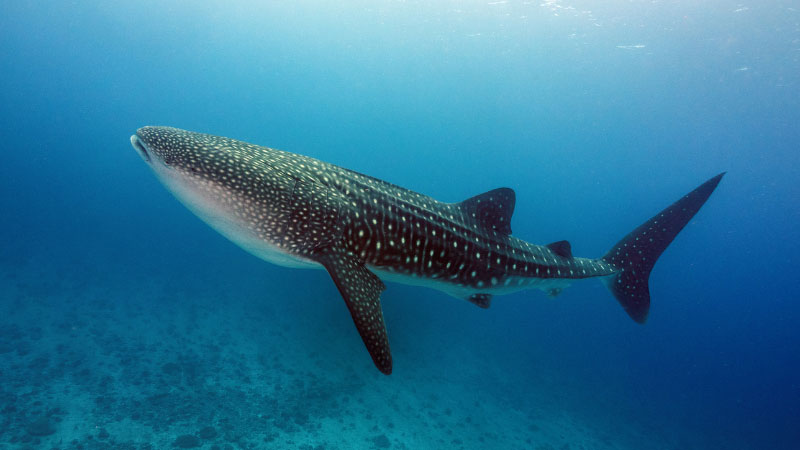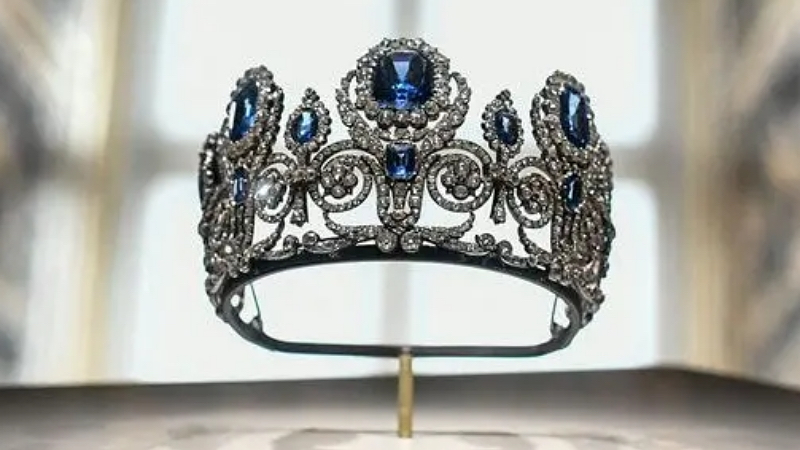|
Two whale sharks at the Notojima Aquarium in Japan, have died after equipment failures, from the Noto earthquake, caused their environment to degenerate

Lauren Heath-Jones | Planet Attractions | 19 Jan 2024

 The animals died after their tank’s heating and filtration systems failed during the Noto earthquake on January 1 Credit: Canva The animals died after their tank’s heating and filtration systems failed during the Noto earthquake on January 1 Credit: Canva
Two whale sharks at the Notojima Aquarium in Nanao, Japan, have died after equipment failures caused the environment in the sharks’ tank to rapidly deteriorate.
The sharks, a male called Hachibe and a female called Haku, died after their tank’s filtration and heating systems shut down following the Noto earthquake, a 7.6 magnitude quake that struck the Noto Peninsula in Japan’s Ishikawa Prefecture on January 1.
The equipment failures caused the water in the tanks to become cloudy, while the water levels dropped below half.
Aquarium workers noticed the dip in water levels and took measures to protect the sharks by adding seawater to the tank, reaching normal levels again on January 6.
At this point, however, the water had dropped in temperature from 25°C to 17°C and had become so opaque that workers could no longer see the sharks.
Hachibe was found dead on January 9 after not being seen since January 7, while Haku was discovered dead on the bottom of the tank by a diver on January 10.
“We are filled with regret,” aquarium representatives said in a statement, adding that the sharks were “a symbol of the aquarium.”
It is currently unclear whether Notojima Aquarium plans to replace its whale sharks, which were housed alongside several fish species, including dolphins, hammerheads and other sharks.
Whale sharks are the largest known fish species on the planet and are among the most visited fish in the world, attracting more than 25.5 million visitors to 46 attractions in 23 countries per year.
Keeping whale sharks in captivity, however, has long been the subject of criticism, with the Georgia Aquarium in Atlanta, US, receiving backlash from animal rights activists following the deaths of two whale sharks in 2007.
In 2006, a petition against the import of a whale shark to go on display at Resorts World Sentosa in Singapore received 11,000 signatures and was backed by several activist groups including The Society for the Prevention of Cruelty to Animals (SPCA), Animal Concerns Research and Education Society (ACRES) and Nature Society (Singapore). Resorts World Sentosa scrapped plans to procure a whale shark in 2009.
Animal attractions
|
|






Supplier Showcase 2025: The biggest attractions projects landing worldwide this year
|